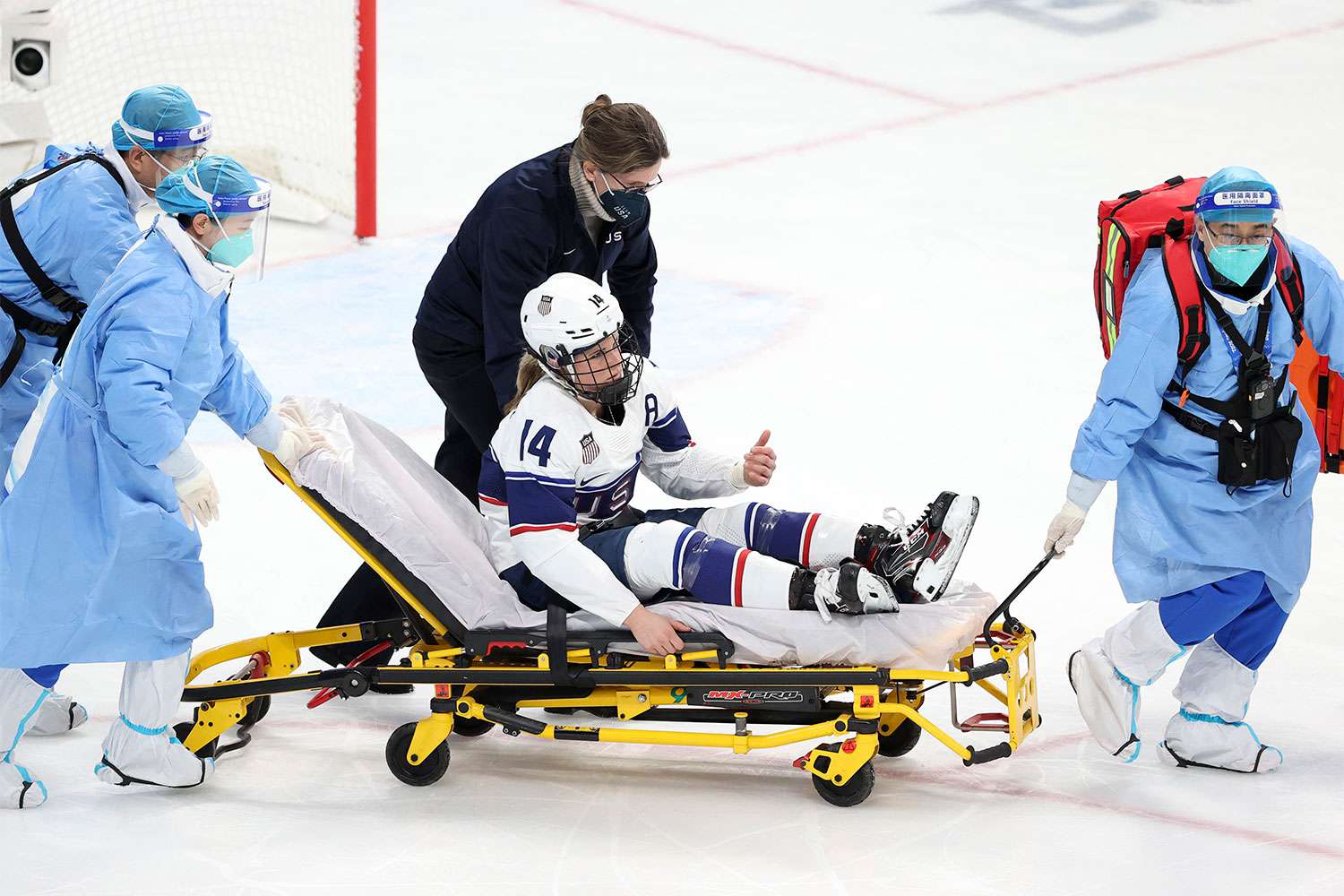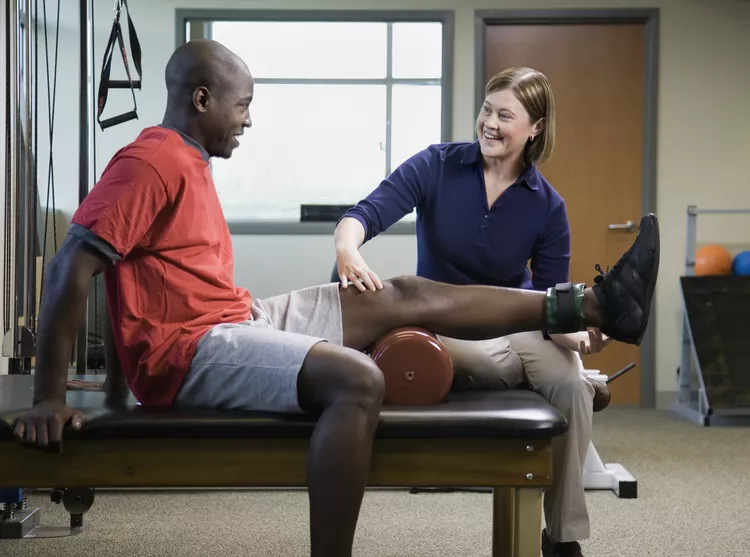Hockey, a sport known for its fast-paced action, requires players to possess a unique combination of skill, strength, and agility. Among the many skills necessary for success on the ice, the wrist’s role is often underestimated. Yet, it’s the wrist that plays a pivotal role in controlling the puck, making precise passes, and unleashing powerful shots. This article delves into the importance of wrist health strategies to prevent hockey wrist injuries, and methods for effective recovery.
Understanding the Risk:
Wrist injuries are all too common in hockey. Players are susceptible to various wrist-related issues, including sprains, strains, and even fractures. These injuries can occur from a sudden impact, a fall, or the repetitive stress placed on the wrist during gameplay. The wrist’s complexity, with its intricate network of bones, ligaments, and tendons, makes it vulnerable to damage.
Prevention is Key:
Warm-Up Rituals: A proper warm-up routine is essential. Players should focus on wrist-specific exercises to improve flexibility and blood flow. Circular wrist stretches, wrist flexor and extensor stretches, and wrist rotations are great additions to your pre-game warm-up.
Proper Gear: Invest in high-quality gloves and wrist guards. These provide added protection during play, reducing the risk of injury from impacts or falls. Ensure they fit snugly to provide maximum support.
Technique Matters: Coaches should emphasize proper technique when handling the puck and shooting. Incorrect form can place undue stress on the wrists. Regular skill drills can help players develop better control and technique.
Strength Training: Include wrist-specific strength exercises in your off-ice training regimen. Exercises like wrist curls and reverse wrist curls can help build the necessary strength to withstand the rigors of the game.
When Injury Strikes:
Even with the best preventive measures in place, injuries can still occur. In case of a wrist injury, it’s essential to take the right steps to ensure a swift and effective recovery.
Immediate Care: If you suspect a wrist injury during a game, seek immediate medical attention. Continuing to play with an injured wrist can exacerbate the damage.
Rest and Ice: Rest is crucial for healing. Applying ice to the injured area can help reduce swelling and alleviate pain. Remember the R.I.C.E. method: Rest, Ice, Compression, and Elevation.
Medical Evaluation: Consult a sports medicine specialist or orthopedic doctor to assess the extent of the injury. They may recommend imaging tests like X-rays or MRI to determine the severity.
Physical Therapy: Depending on the injury, physical therapy may be prescribed. Therapists can help regain strength, flexibility, and range of motion in the wrist through targeted exercises.
Patience and Persistence:
Recovering from a wrist injury can be frustrating, particularly for hockey players eager to get back on the ice. Patience is key in this process. Rushing the recovery can lead to reinjure and prolonged time away from the game. Maintain open communication with your healthcare provider and follow their guidance diligently.
Strengthening for the Future:
Once the wrist is healed, it’s essential to continue strengthening it to prevent future injuries. Incorporate wrist-specific exercises into your regular training routine, even during the off-season. This ongoing care will help ensure your wrist remains strong and resilient.
The Mental Game:
Hockey Wrist injuries can take a toll on a player’s mental state. The fear of reinjury or decreased performance can be overwhelming. It’s essential to address these concerns with a sports psychologist or counselor. Mental resilience is just as critical as physical strength in sports.
Inspiring Stories:
Countless hockey players have overcome wrist injuries to return to the game stronger than ever. Their determination and commitment to rehabilitation serve as inspiration for others facing similar challenges. Learning from their experiences can provide valuable insights into the recovery process.
Conclusion:
In the world of hockey, the wrist is a player’s hidden gem, a secret weapon for success. Protecting and nurturing this vital asset through preventive measures and effective recovery techniques is essential for any player looking to anchor their game. Remember, a strong wrist not only ensures better performance but also a longer, more enjoyable career on the ice. So, lace up those skates, take care of your wrists, and let your love for the game shine through.


 Home
Home










